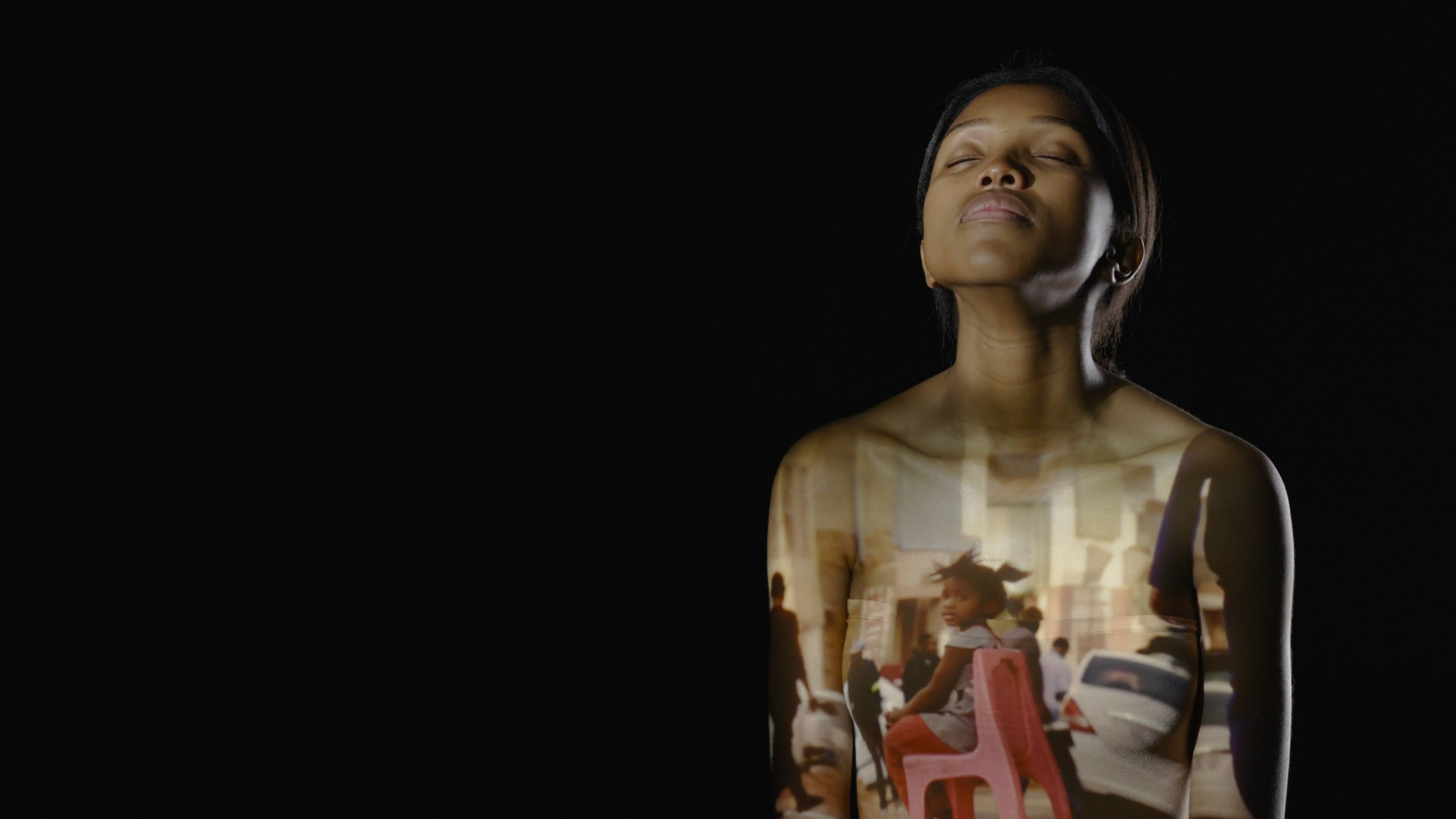
Who I Am Not: Discussion Guide
This guide is an invitation to dialogue. It is based on a belief in the power of human connection and designed for people who want to use Who I Am Not to engage family, friends, classmates, colleagues, and communities. In contrast to initiatives that foster debates in which participants try to convince others that they are right, this document envisions conversations undertaken in a spirit of openness in which people try to understand one another and expand their thinking by sharing viewpoints and listening actively.
The discussion prompts are intentionally crafted to help a wide range of audiences think more deeply about the issues in the film. Rather than attempting to address them all, choose one or two that best meet your needs and interests. And be sure to leave time to consider taking action. Planning next steps can help people leave the room feeling energized and optimistic, even in instances when conversations have been difficult.
For more detailed event planning and facilitation tips, visit https://communitynetwork.amdoc.org/.

Between Goodbyes: Delve Deeper
This list of fiction and nonfiction books, compiled by Jennifer Gibson, Assistant Director of Strategic Initiatives of St. Louis County Library, provides a range of perspectives on the issues raised by the POV documentary Between Goodbyes.
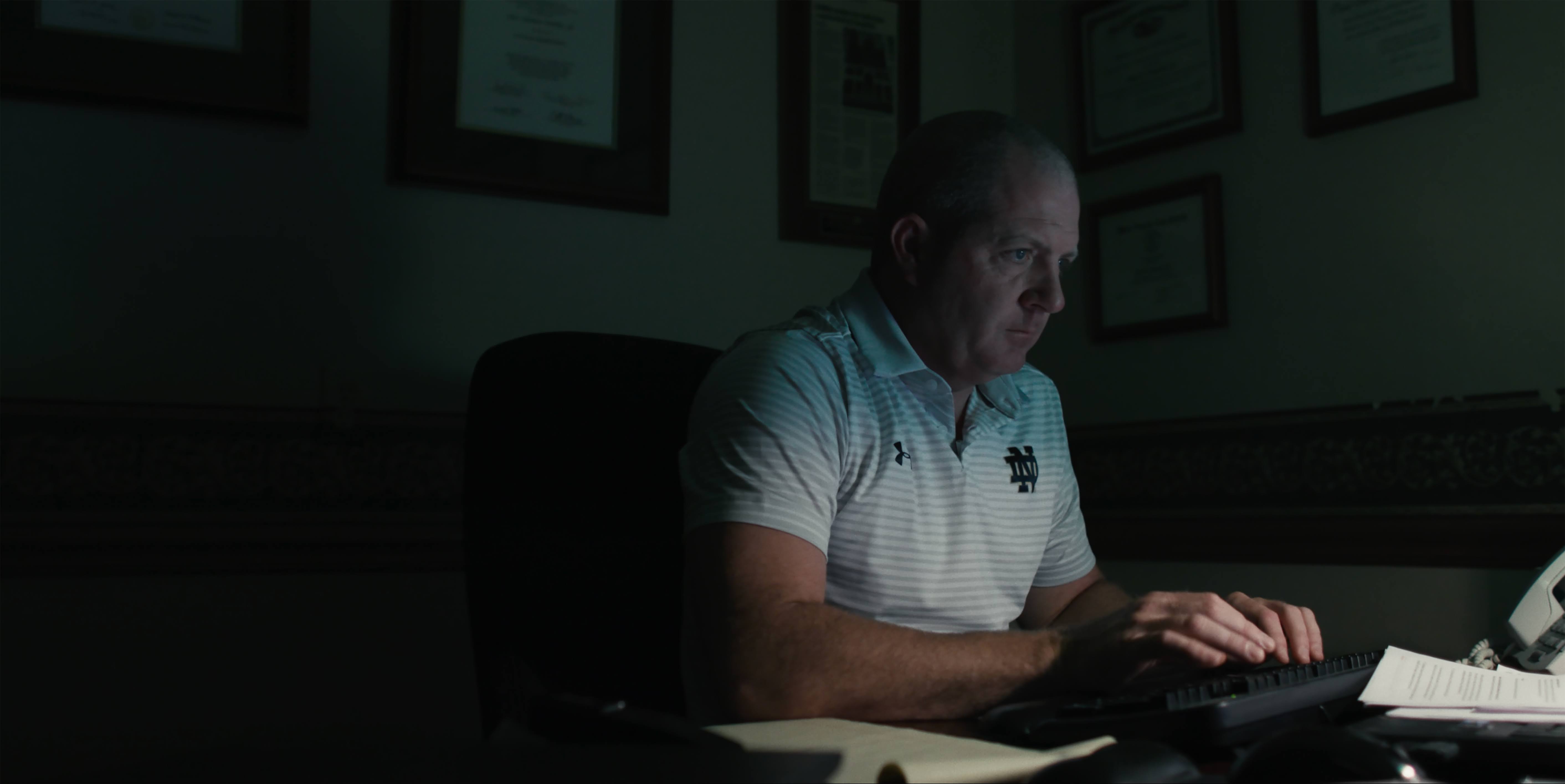
The Bitter Pill: Discussion Guide
This guide is an invitation to dialogue. It is based on a belief in the power of human connection and is designed for people who want to use The Bitter Pill to engage family, friends, classmates, colleagues, and communities. In contrast to initiatives that foster debates in which participants try to convince others that they are right, this document envisions conversations undertaken in a spirit of openness in which people try to understand one another and expand their thinking by sharing viewpoints and listening actively. The discussion prompts are intentionally crafted to help a wide range of audiences think more deeply about the issues in the film. Rather than attempting to address them all, choose one or two that best meet your needs and interests. Be sure to leave time to consider taking action. Planning next steps can help people leave the room feeling energized and optimistic, even in instances when conversations have been difficult. For more detailed event planning and facilitation tips, visit https://communitynetwork.amdoc.org/.

Black Snow: Discussion Guide
This guide is an invitation to dialogue. It is based on a belief in the power of human connection and is designed for people who want to use Black Snow to engage family, friends, classmates, colleagues, and communities. In contrast to initiatives that foster debates in which participants try to convince others that they are right, this document envisions conversations undertaken in a spirit of openness in which people try to understand one another and expand their thinking by sharing viewpoints and listening actively.
The discussion prompts are intentionally crafted to help a wide range of audiences think more deeply about the issues in the film. Rather than attempting to address them all, choose one or two that best meet your needs and interests. Be sure to leave time to consider taking action. Planning next steps can help people leave the room feeling energized and optimistic, even in instances when conversations have been difficult.
For more detailed event planning and facilitation tips, visit https://communitynetwork.amdoc.org/.
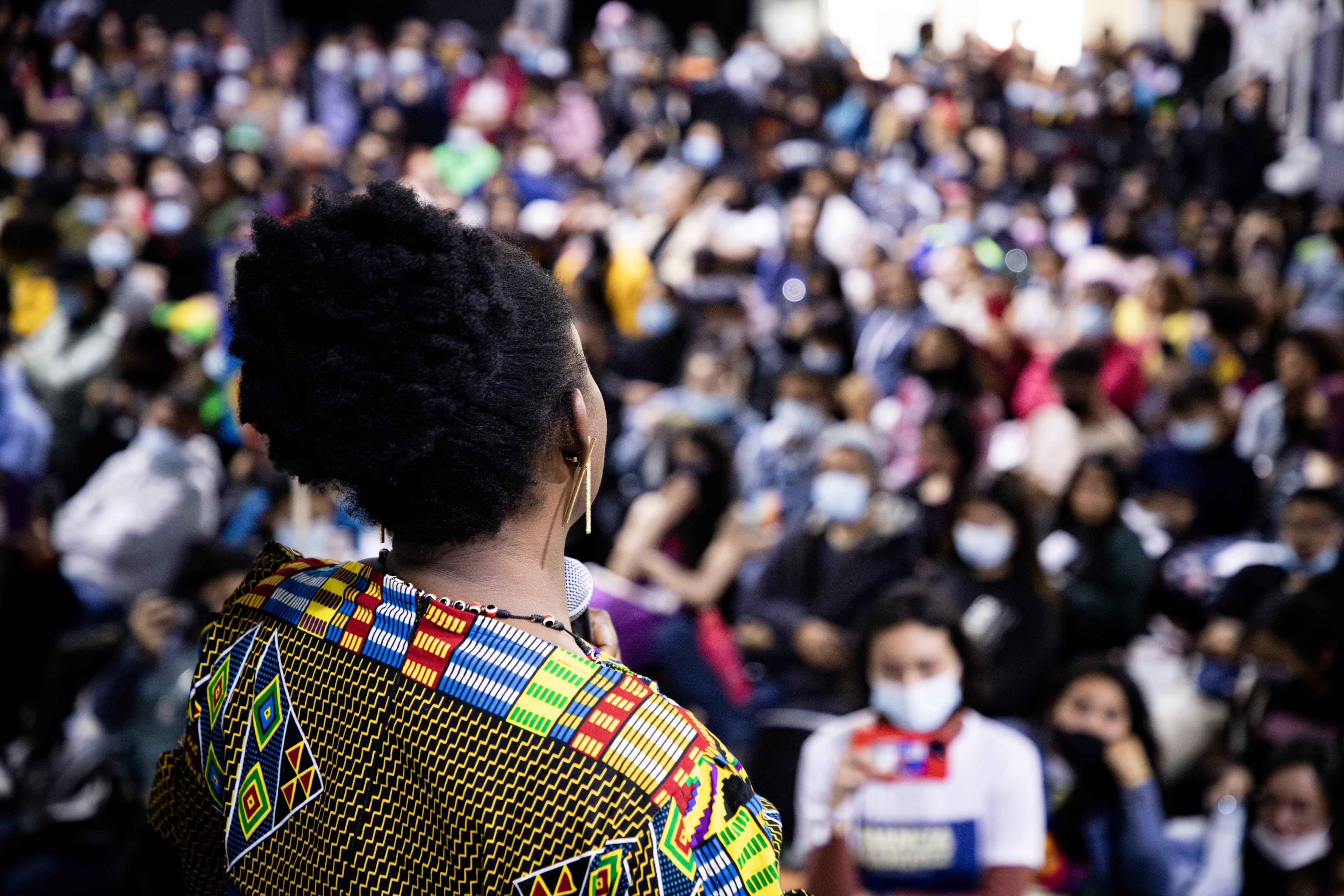
Igualada: Guía de Discusión
Esta guía es una invitación al diálogo. Se basa en la convicción
del poder del encuentro humano y está diseñada para personas
interesadas en usar Igualada: Refusing to know your place como
herramienta para abrir el diálogo con familia, amigos, estudiantes,
colegas y comunidades. A diferencia de las iniciativas que
promueven el debate para “convencer al otro”, este documento
propone conversaciones en un espíritu de apertura, en las que se
busca comprender, compartir miradas y escuchar activamente.
Las preguntas están diseñadas intencionalmente para ayudar
a públicos diversos a reflexionar más a fondo sobre los temas
tratados en la película. No es necesario abordar todos los temas;
puede seleccionar uno o dos que se ajusten mejor a sus necesidades
e intereses. Asegúrese de dejar espacio para pensar en posibles
formas de pasar a la acción. En ese sentido, planear los pasos del
encuentro ayuda a que las personas salgan de la sesión con energía
y esperanza, incluso si la conversación ha sido compleja.
Para más consejos sobre planificación de eventos y facilitación de
espacios, visita: https://communitynetwork.amdoc.org/.
Acceda aquí a la versión traducida al inglés.

Porcelain War: Delve Deeper
This list of fiction and nonfiction books, compiled by Veronda Pitchford of Califa Group, a non-profit library consortium, provides a range of perspectives on the issues raised by the POV documentary The Porcelain War.
Amidst the chaos and destruction of the brutal Russian invasion of Ukraine, three artists defiantly find inspiration and beauty as they defend their culture and their country. In a war waged by professional soldiers against ordinary civilians, Slava Leontyev, Anya Stasenko, and Andrey Stefanov choose to stay behind, armed with their art, their cameras, and, for the first time in their lives, their guns. Despite daily shelling, Anya finds resistance and purpose in her art, Andrey takes the dangerous journey to get his young family to safety abroad, and Slava becomes a weapons instructor for ordinary people who have become unlikely soldiers. As the war intensifies, Andrey picks up his camera to film their story, and on tiny porcelain figurines, Anya and Slava capture their idyllic past, uncertain present, and hope for the future.

The Age of Water: Discussion Guide
This guide is an invitation to dialogue. It is based on a belief in the power of human connection and is designed for people who want to use The Age of Water to engage family, friends, classmates, colleagues, and communities. In contrast to initiatives that foster debates in which participants try to convince others that they are right, this document envisions conversations undertaken in a spirit of openness in which people try to understand one another and expand their thinking by sharing viewpoints and listening actively.
The discussion prompts are intentionally crafted to help a wide range of audiences think more deeply about the issues in the film. Rather than attempting to address them all, choose one or two that best meet your needs and interests. Be sure to leave time to consider taking action. Planning next steps can help people leave the room feeling energized and optimistic, even in instances when conversations have been difficult.
For more detailed event planning and facilitation tips, visit https://communitynetwork.amdoc.org/.

A Mother Apart: Delve Deeper
This list of fiction and nonfiction books, compiled by Veronda Pitchford of Califa Group, a non-profit library consortium, provides a range of perspectives on the issues raised by the POV documentary A Mother Apart.
.jpg)
Made in Ethiopia: Discussion Guide
This guide is an invitation to dialogue. It is based on a belief in the power of human connection and is designed for people who want to use Made in Ethiopia to engage family, friends, classmates, colleagues, and communities. In contrast to initiatives that foster debates in which participants try to convince others that they are right, this document envisions conversations undertaken in a spirit of openness in which people try to understand one another and expand their thinking by sharing viewpoints and listening actively.
The discussion prompts are intentionally crafted to help a wide range of audiences think more deeply about the issues in the film. Rather than attempting to address them all, choose one or two that best meet your needs and interests. Be sure to leave time to consider taking action. Planning next steps can help people leave the room feeling energized and optimistic, even in instances when conversations have been difficult.
For more detailed event planning and facilitation tips, visit https://communitynetwork.amdoc.org/.

A POV Engage Zine: UNION Curious
To strengthen our relationships and create new spaces for dialogue, POV Engage has created three zines to connect with our audiences and partners. These zines spark curiosity, share resources, and invite youth, educators, librarians, and community members into collective conversations that can lead to meaningful change.
UNION Curious
Created to support outreach around the film UNION, this zine helps communities engage with themes of labor organizing, justice, and solidarity. It serves as a guide for hosting screenings, sparking dialogue, and mobilizing action—especially among youth and grassroots groups working toward equitable workplaces.
Stay tuned for more zines as we continue to expand engagement and grow these connections!
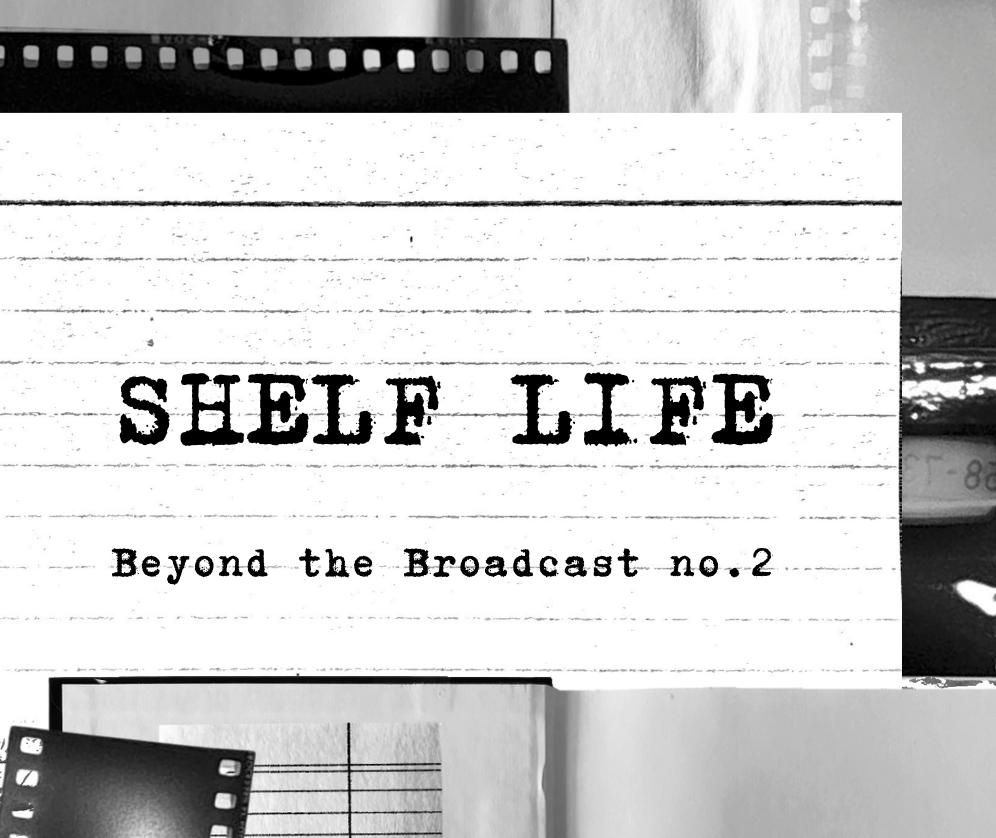
A POV Engage Zine: Shelf Life
To strengthen our relationships and create new spaces for dialogue, POV Engage has created three zines to connect with our audiences and partners. These zines spark curiosity, share resources, and invite youth, educators, librarians, and community members into collective conversations that can lead to meaningful change.
Shelf Life: Beyond the Broadcast no. 2
Focused on the powerful role libraries play in civic life, this zine highlights their importance as inclusive spaces for learning, connection, and community engagement. It offers tools, inspiration, and ideas for librarians, educators, and organizers looking to use public media to deepen their local impact.
Stay tuned for more zines as we continue to expand engagement and grow these connections!
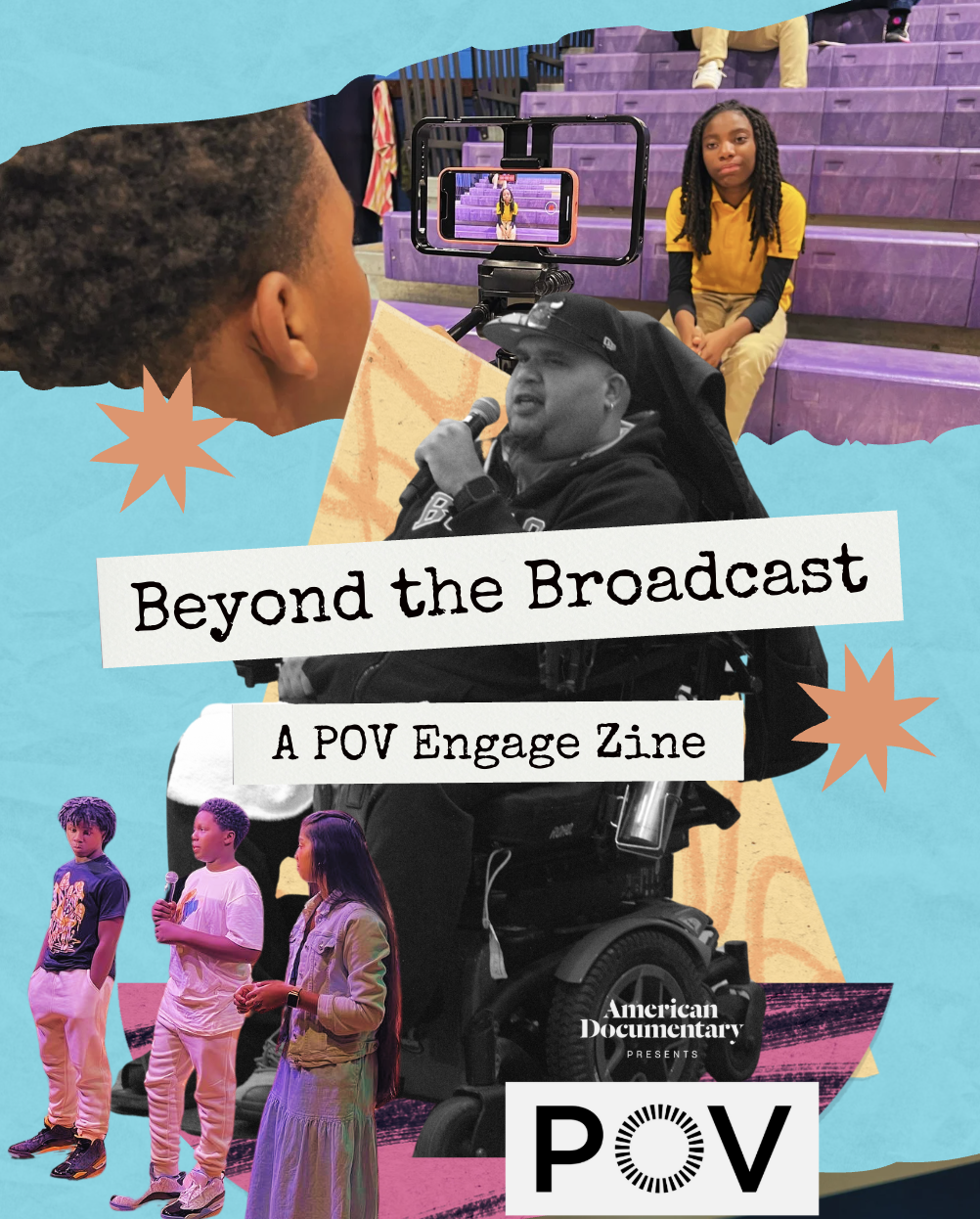
A POV Engage Zine: Beyond the Broadcast
To strengthen our relationships and create new spaces for dialogue, POV Engage has created three zines to connect with our audiences and partners. These zines spark curiosity, share resources, and invite youth, educators, librarians, and community members into collective conversations that can lead to meaningful change.
Beyond the Broadcast
This zine offers an introduction to POV Engage and explores the vital role of public media in shaping informed, connected communities. It’s designed to spark curiosity about our work, share resources, and invite readers—especially youth, educators, and community partners—into meaningful conversations about storytelling and social change.
Stay tuned for more zines as we continue to expand engagement and grow these connections!
